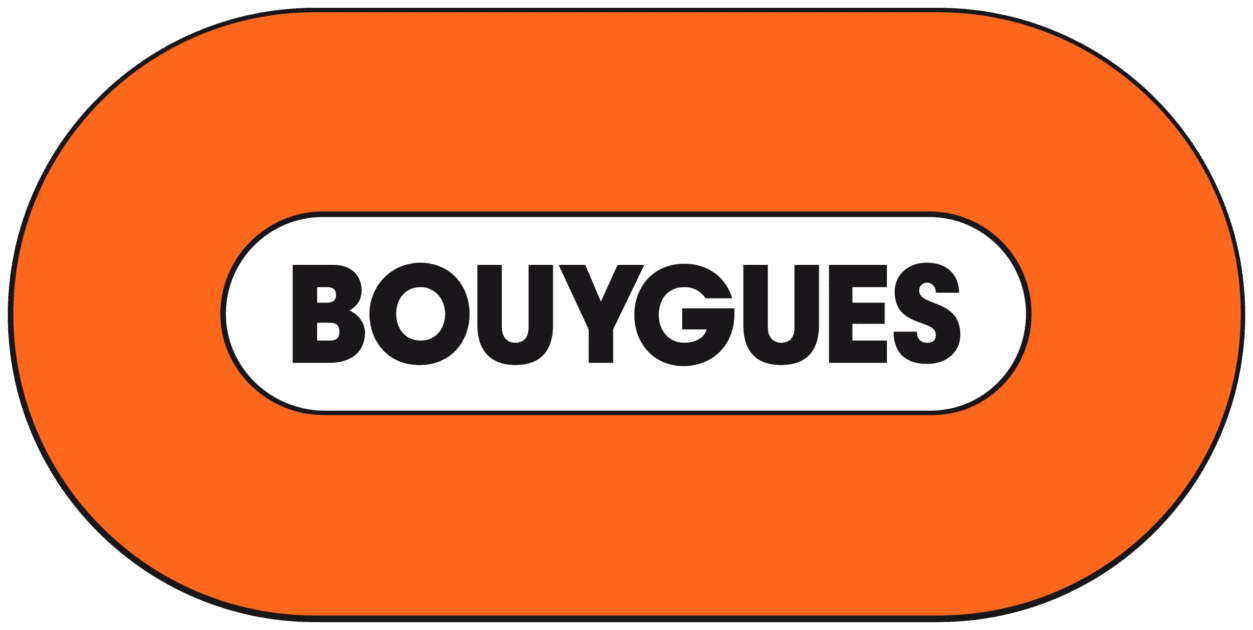
Monitoring Concrete Slab Displacement at a Railway Level Crossing
The French railway operator needed a reliable way to monitor the structural stability of concrete slabs at level crossings. These slabs are subject to heavy loads and dynamic stresses from passing trains and road vehicles, which can lead to gradual wear, misalignment, or cracking over time, posing potential safety risks and requiring frequent inspections.
Our collaboration
in 3 key metrics
1
Specification & Planning
2
Deployment & Integration
3
Automated Monitoring & Insights
Context
Accuracy
High-resolution 3D point clouds capture every structural detail.
No guesswork—just reliable measurements in real time.
Ideal for critical infrastructure where tolerances are tight.
Automation
Eliminate manual inspections with fully automated data acquisition.
Our system runs continuously, collecting and analyzing displacement data.
Receive instant alerts when thresholds are exceeded.
Speed
Deploy the solution in under one hours, without major traffic disruption.
The compact design allows easy installation in confined environments.
Configuration is quick—calibration takes just a few minutes.
Safety
Prevent structural failures with early warning alerts.
Monitor the health of your infrastructure 24/7 from anywhere.
Reduce risk for road users and railway operations.
Challenges They Faced
Limited Visibility Between Inspections
- Traditional manual surveys only provide data at fixed intervals.
- Critical displacements can occur unnoticed between inspections.
High Operational Costs
- On-site measurements require specialized teams and equipment.
- Frequent inspections disrupt traffic and add labor expenses.
Harsh and Dynamic Environment
- Level crossings experience constant stress from heavy vehicles.
- Weather, vibration, and temperature variations affect stability.
RESULTS
What we achieved
together
By implementing Inspemon’s automated LiDAR monitoring solution, the client transformed their maintenance strategy : They now benefit from real-time displacement detection, enabling proactive interventions instead of reactive repairs.
The result:
- 35% reduction in maintenance costs,
- zero service disruptions,
- and enhanced safety at level crossings.
This success demonstrates how technology-driven monitoring ensures long-term infrastructure reliability.
